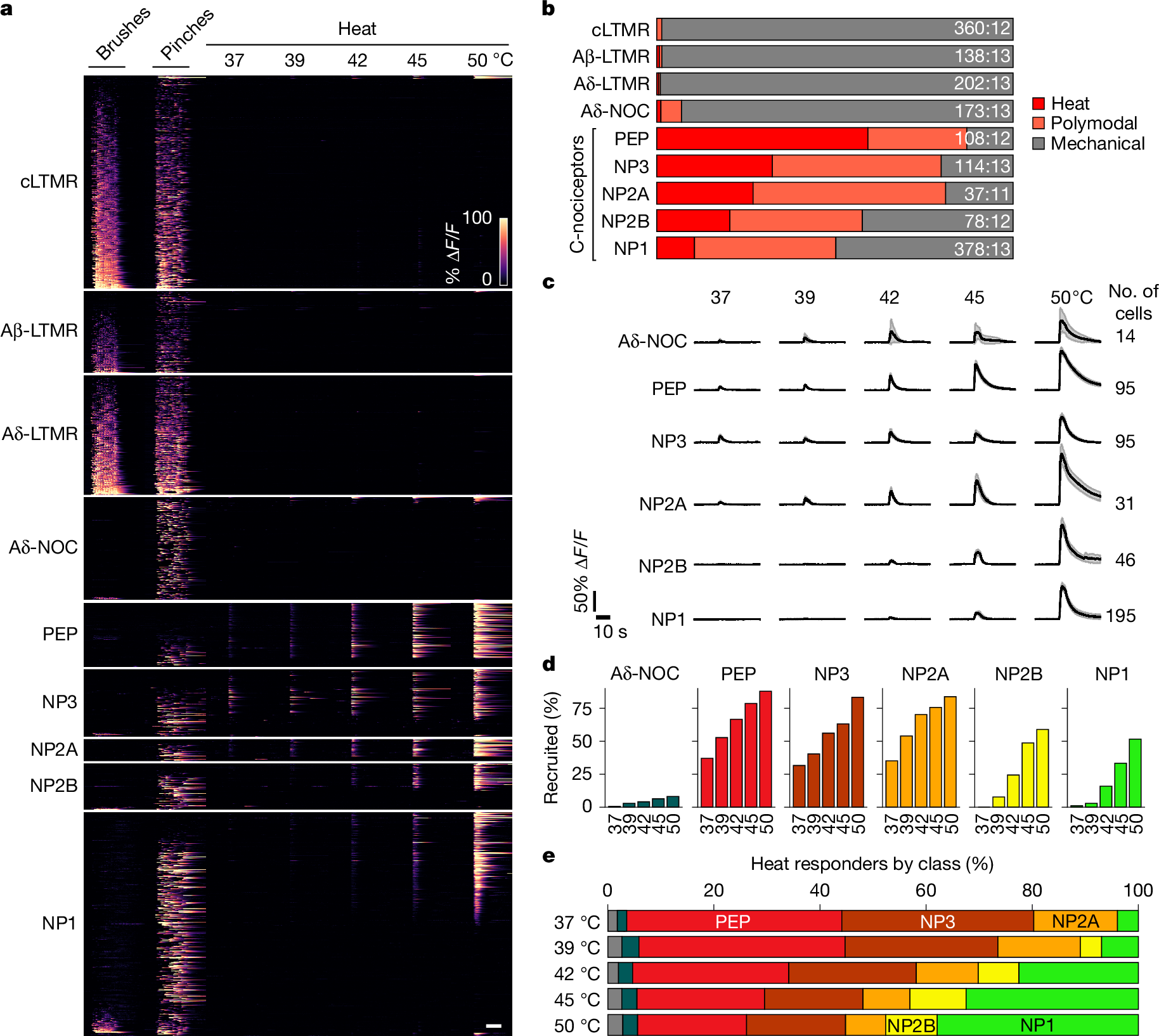2025-04-23 ミュンヘン大学(LMU)
<関連情報>
- https://www.lmu.de/en/newsroom/news-overview/news/neurobiology-movies-play-out-as-an-oscillatory-symphony-in-the-brain.html
- https://www.cell.com/neuron/fulltext/S0896-6273(25)00250-8
解剖学的に分解された振動バーストから、自然主義的刺激視聴中の視床皮質活動の動的モチーフが明らかになった Anatomically resolved oscillatory bursts reveal dynamic motifs of thalamocortical activity during naturalistic stimulus viewing
Lukas Sebastian Meyerolbersleben ∙ Anton Sirota ∙ Laura Busse
Neuron Published:April 18, 2025
DOI:https://doi.org/10.1016/j.neuron.2025.03.030

Highlights
- Local features in naturalistic stimuli induce retinotopic oscillations in mouse V1
- These oscillations occur in localized, transient, and spectrally specific bursts
- Spiking of dLGN and V1 neurons across layers is phase-coupled to these bursts
- Coupled translaminar spiking constitutes feature-specific dynamic circuit motifs
Summary
Natural vision requires circuit mechanisms which process complex spatiotemporal stimulus features in parallel. In the mammalian forebrain, one signature of circuit activation is fast oscillatory dynamics, reflected in the local field potential (LFP). Using data from the Allen Neuropixels Visual Coding project, we show that local visual features in naturalistic stimuli induce in mouse primary visual cortex (V1) retinotopically specific oscillations in various frequency bands and V1 layers. Specifically, layer 4 (L4) narrowband gamma was linked to luminance, low-gamma to optic flow, and L4/L5 epsilon oscillations to contrast. These feature-specific oscillations were associated with distinct translaminar spike-phase coupling patterns, which were conserved across a range of stimuli containing the relevant visual features, suggesting that they might constitute feature-specific circuit motifs. Our findings highlight visually induced fast oscillations as markers of dynamic circuit motifs, which may support differential and multiplexed coding of complex visual input and thalamocortical information propagation.


